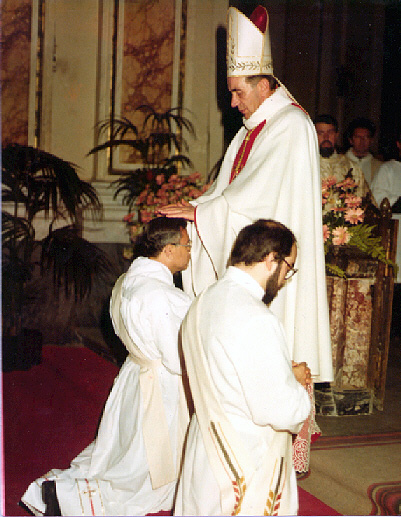rhoadley.net music research software blogs
aru seminars m&t critski focm1a cmc circuit bending mic2b sensor technology comp 3 sonic art major project
youtube vimeo facebook
Circuit Bending, Hardware-Hacking
The Laying On of Hands |
||||||||||||||||||||
|
index |
Manipulate and hack your toy/device.
Flesh (and moisture) is an excellent conductor of electricity. By bridging different locations on the board with your finger you are effectively - if haphazardly - adding resistors and capacitors to the existing circuit. Your body becomes part of the circuit. Varying the pressure (or dampness) of your finger changes the values of these components. You will need:
The radio or toy should be cheap enough that you won't be too angry if it never works again. If a radio, the AM band is more important than FM, but it doesn't matter if the radio picks up both. It should have analogue tuning (that is, a dial) rather than digital preset or scan buttons. Larger radios are easier to work with than tiny ones. It's better if it has a built-in speaker, not just a headphone jack, but a headphone jack in addition to a speaker is useful. IT MUST BE BATTERY POWERED!. Confirm that the radio/toy works, then remove the batteries. Remove screws holding radio together. Put them somewhere safe taking care to note if they are of different sizes. Some screws may be hidden. Separate the halves of the radio. Don't force it: check for hidden screws. Avoid tearing wires. Once open, make note of any wires connecting the two halves of the radio or the circuitry to the speaker, battery, antenna, etc., in case they get torn. 
Locate and remove any screws holding the circuit board to the radio/toy housing. Remove any screws holding knobs or switches. Carefully remove the circuit board from the chassis. Sometimes adhesive may be used as well as screws. Knobs and switches may intrude into slots in the case and require bending the plastic to release the board. Circuit boards can be very brittle so be careful. The side of the board with most of the little bumpy colorful things (resistors, capacitors, chips) is called the 'component side'; the side that consists mostly of little wiggly lines is the 'solder side'. Turn the board so that the solder side is accessible. Replace the batteries; depending on the construction of the case you may have to hold the batteries in place using plastic electrical tape. Turn on the radio and tune it to a 'dead spot' between stations. Touch the circuit board in different places with your finger until you find a location that affects the radio's sound. Tune the radio across the band, and continue to experiment with finger placement. Try several fingers at once. Try licking your fingertips before placing them on the circuit - moisture increases conductivity. I suggest you do not try licking the cb directly - even low voltage electricity is an acquired taste. And, observing the Seventh Rule, avoid shorting points on the circuit board with screwdriver tips, bare wire, or full immersion in water or drool. Flesh is an excellent conductor of electricity. By bridging different locations on the board with your finger you are effectively - if haphazardly - adding resistors and capacitors to the existing circuit. Your body becomes part of the circuit. Varying the pressure (or dampness) of your finger changes the values of these components. Depending on the location and pressure, you may end up merely re-tuning the radio, or affecting its loudness, but you may change the radio into very different kind of circuit, like an oscillator. You may not know exactly what you are doing, but you should soon acquire a sense of touch: what points work best, how does pressing harder affect the sound, etc. This is a very direct, interactive sense of control similar to that which a 'real' instrumentalist, such as a violinist, uses to articulate and intonate notes. It is also the essence of the infamous 'krackebox' that STEIM unleashed on the world some 30 years ago. Later we will modify circuits by replacing your flesh with specific 'knowable' componenents - the effect may be more predictable and stable, but the sense of touch will be diminished. In the future when things start to sound too controlled, remember you can always add your body to the circuit. When you are through with this experiment, you may want to re-assemble the radio - this is the safest way to carry it around, and ot insure its future functionality as a radio. But if you wish to find a box for it. Cigar boxes are good: using tape you can stick down the circuit board (solder side up), speaker and related parts. Close the lid to transport, open it to play. If your radio has a headphone jack you can connect it to a battery powered amplifier which may have better speakers that the radio's. |
|||||||||||||||||||